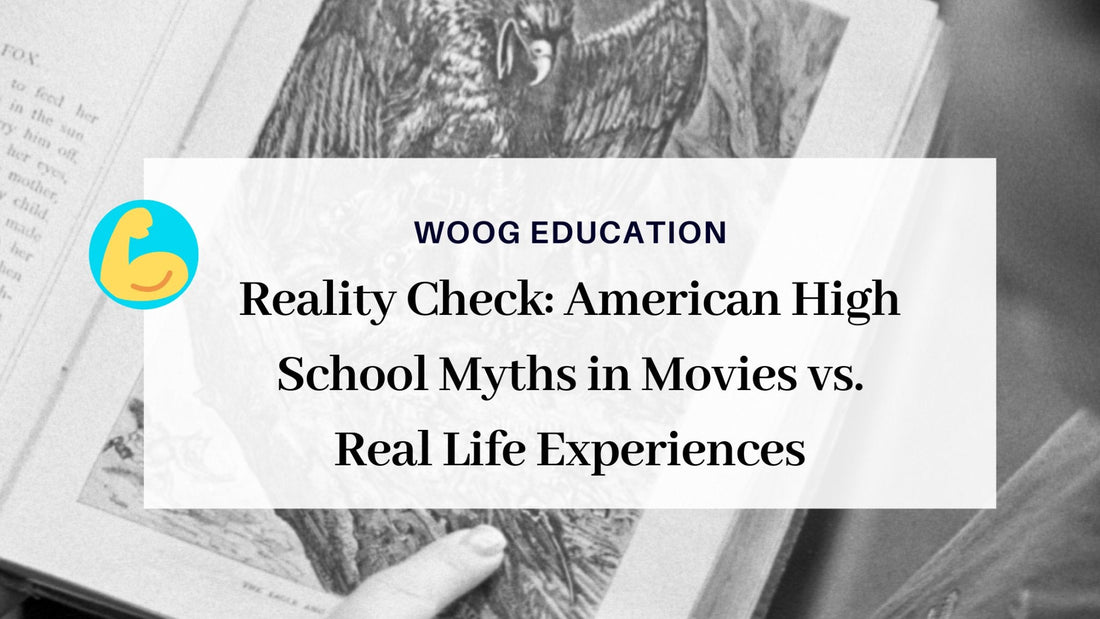Hollywood has long romanticized and dramatized the American high school experience, often creating a fantastical world that captivates audiences but can often be far from reality. Films like "Mean Girls" have perpetuated myths and exaggerated stereotypes about school life. Let's explore how these movies differ from the actual experiences in American high schools.
- Unrealistic Portrayal of Cliques
Movies often depict high schools as being dominated by rigid social hierarchies and strict cliques, like jocks, cheerleaders, nerds, and outcasts. While social groups exist, they aren't typically as rigidly defined or exclusive as depicted. Students often belong to multiple groups, and there's more fluidity and diversity in social circles than movies suggest.
- Glamorized Drama and Bullying
Movies tend to sensationalize high school drama, portraying it as a constant battle for popularity, filled with extreme bullying and malicious behavior. While bullying sadly exists, it's not always as overt or as all-consuming as portrayed. Real schools often have anti-bullying policies and support systems in place to address such issues.
- Unrealistic Romance and Relationships
Film narratives often amplify teenage romance, creating unrealistic expectations of love and relationships in high school. While relationships do form, the intense, dramatic love stories seen on screen are not the norm. High school relationships are often experimental and learning experiences, and not every student experiences a dramatic romantic storyline.
- Oversimplified Academics and Teachers
Movies typically simplify academics and teachers' roles, often portraying teachers as either overly strict or overly inspirational. While there are exceptional teachers, their impact isn't always as dramatic as depicted. Also, the academic workload isn't always shown accurately, as students typically have varying experiences and struggles in different subjects.
- Misrepresentation of Prom and Events
Movies often glamorize school events like proms, depicting them as extravagant, life-defining moments. While proms can be memorable, they're not always as glamorous or dramatic as portrayed. Some students might not attend or may have experiences that don't match the cinematic portrayal.
- Lack of Diversity in Portrayals
Movies sometimes lack diversity in their portrayals, often showcasing predominantly white, heterosexual characters, which doesn’t reflect the actual diversity found in American schools. Real schools are more diverse in terms of race, ethnicity, sexuality, and socio-economic backgrounds.
- Exaggerated High-Stakes Scenarios
Films often depict high-stakes scenarios like exams, competitions, or school events as life-defining moments. While these events can be important, they're not always as pivotal or high-pressure in real life. Students experience a range of events that shape their experiences, but not all are made out to be life-altering.
- Unrealistic Conclusions
Movies often wrap up with tidy, picture-perfect endings, where conflicts are resolved, and characters experience profound personal growth. Real life doesn't always have such neat resolutions. High school experiences contribute to personal growth, but they don't always follow a Hollywood storyline.
In conclusion, movies about American high schools, such as "Mean Girls," often exaggerate or oversimplify certain aspects of school life for dramatic effect. While these films can be entertaining, they should be viewed with an understanding that they are fictionalized representations and don't necessarily reflect the realities of every student's experience in American high schools.
